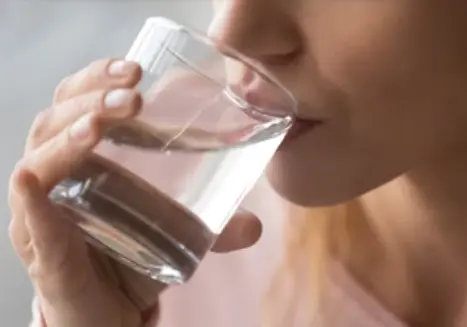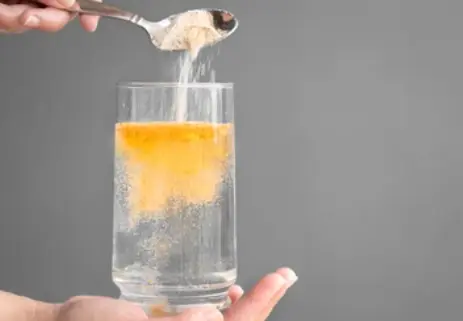 Welcome
Welcome
“May all be happy, may all be healed, may all be at peace and may no one ever suffer."
- A
- B
- C
- D
- E
- F
- G
- H
- I
- J
- K
- L
- M
- N
- O
- P
- Q
- R
- S
- T
- U
- V
- W
- X
- Y
- Z
Pressure sores - Generics
Pressure sores, also known as bedsores or pressure ulcers, are injuries to the skin and underlying tissue caused by prolonged pressure on the affected area. They typically occur in areas of the body that are in contact with a surface for an extended period, such as the back, buttocks, hips, heels, and elbows.
Factors that increase the risk of developing pressure sores include:
- Limited mobility: People who are confined to a bed or wheelchair are at higher risk of developing pressure sores.
- Poor nutrition: Malnutrition or dehydration can increase the risk of developing pressure sores.
- Incontinence: Skin that is constantly moist from urine or feces is more susceptible to injury.
- Reduced sensation: People with nerve damage or other conditions that reduce sensation in the skin may be less aware of the pressure on their skin.
- Chronic illnesses: Certain medical conditions, such as diabetes and vascular disease, can increase the risk of developing pressure sores.
Prevention of pressure sores involves reducing pressure on the affected area and promoting healthy skin. Some strategies for preventing pressure sores include:
- Repositioning: Changing position regularly to relieve pressure on the affected area.
- Using supportive devices: Using supportive devices such as specialized cushions, mattresses, and wheelchairs to reduce pressure on the skin.
- Maintaining skin health: Keeping the skin clean, dry, and well-moisturized can help prevent skin breakdown.
- Good nutrition: Eating a healthy, balanced diet can help promote skin health and prevent malnutrition.
- Regular exercise: Regular exercise can help improve circulation and prevent pressure sores.
Treatment for pressure sores depends on the severity of the injury. Mild pressure sores can often be treated with dressings and other wound care techniques. More severe pressure sores may require surgical intervention to remove damaged tissue and promote healing. It is important to seek medical attention if you suspect you have a pressure sore, as prompt treatment can help prevent complications and promote healing.

Dry mouth

Intravenous excretory uro...

Carcinoma of the colon

Skin irritations

Hydration

Hypercalcemia

Catabolic disorders

Thrush
Pressure sores, চাপের ঘা
To be happy, beautiful, healthy, wealthy, hale and long-lived stay with DM3S.